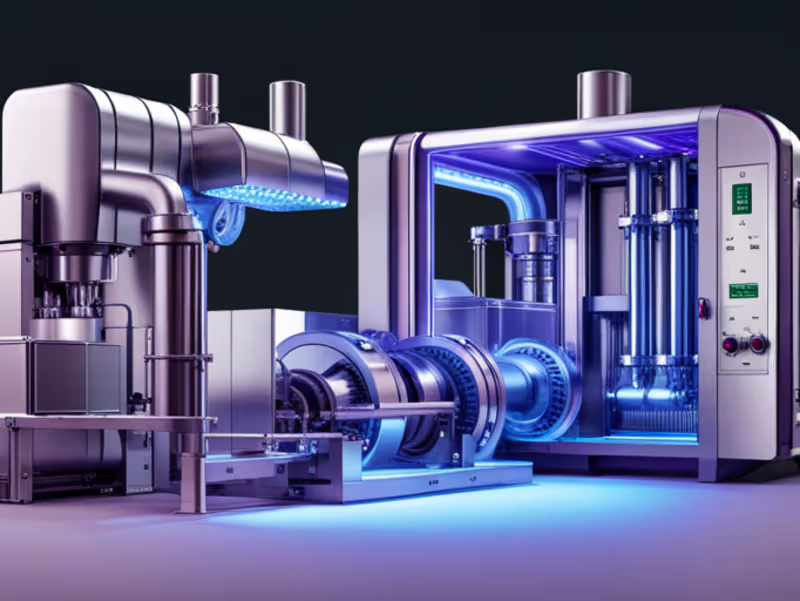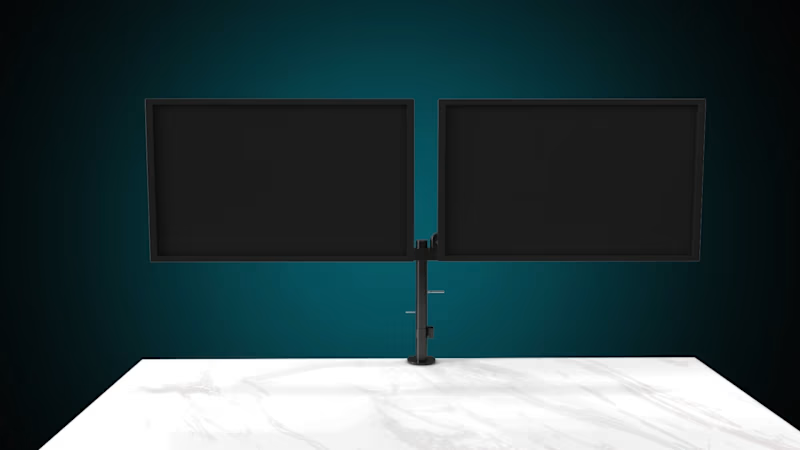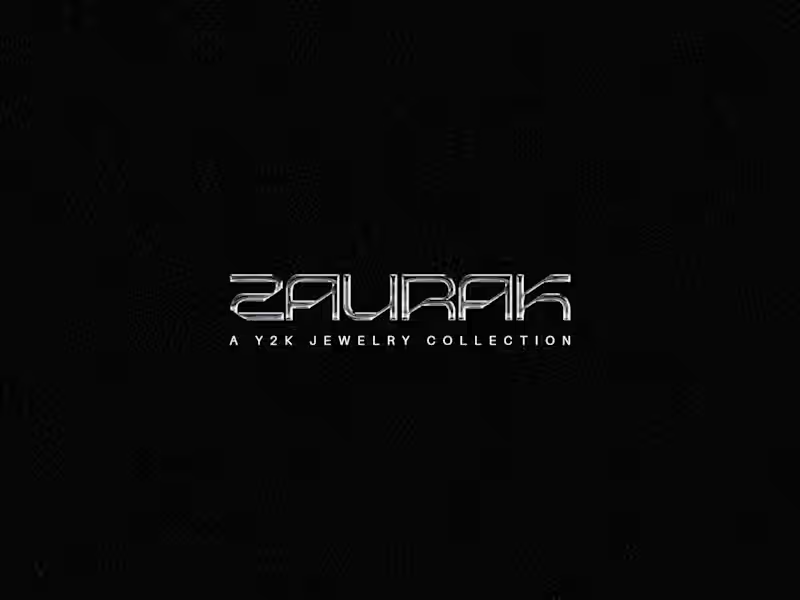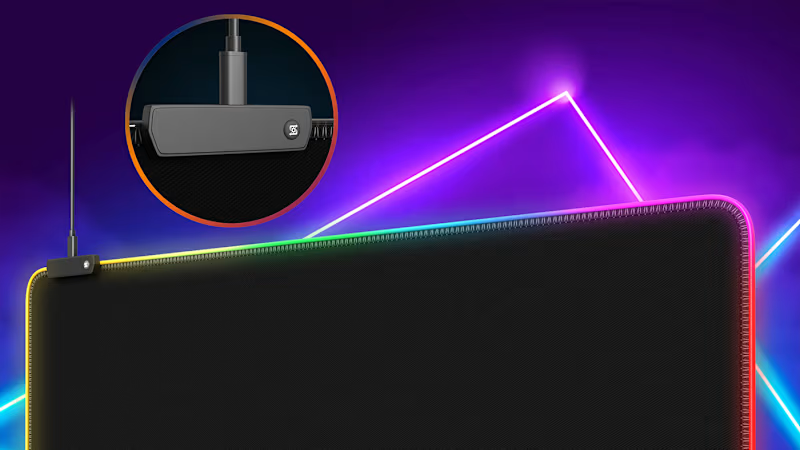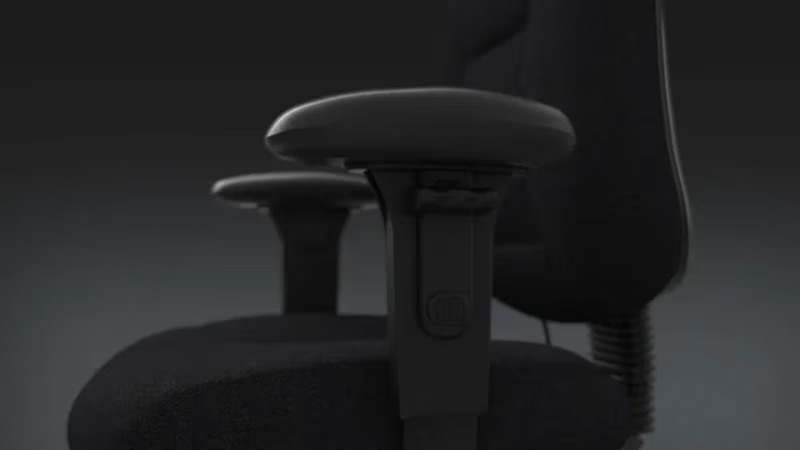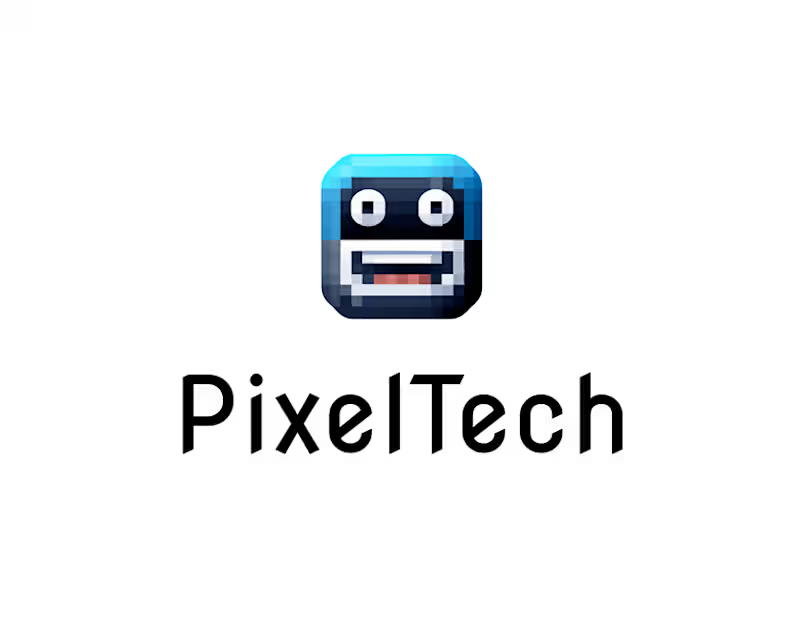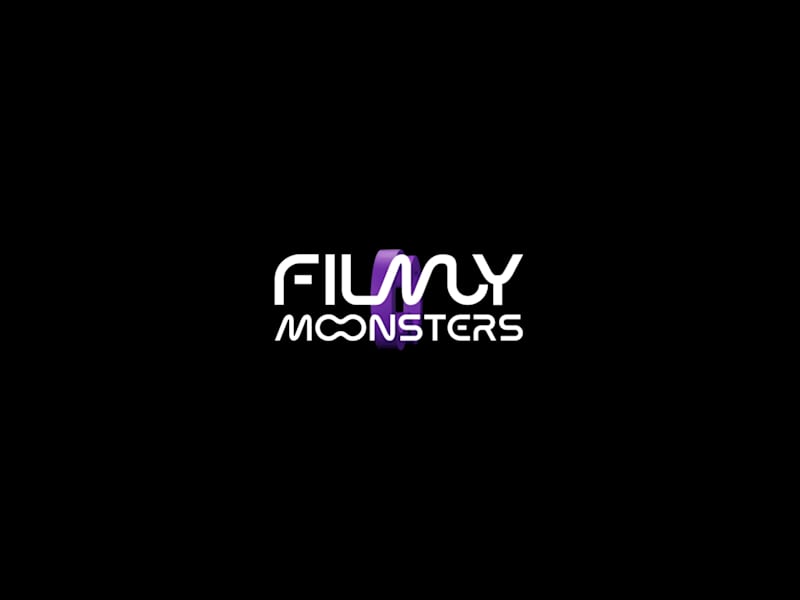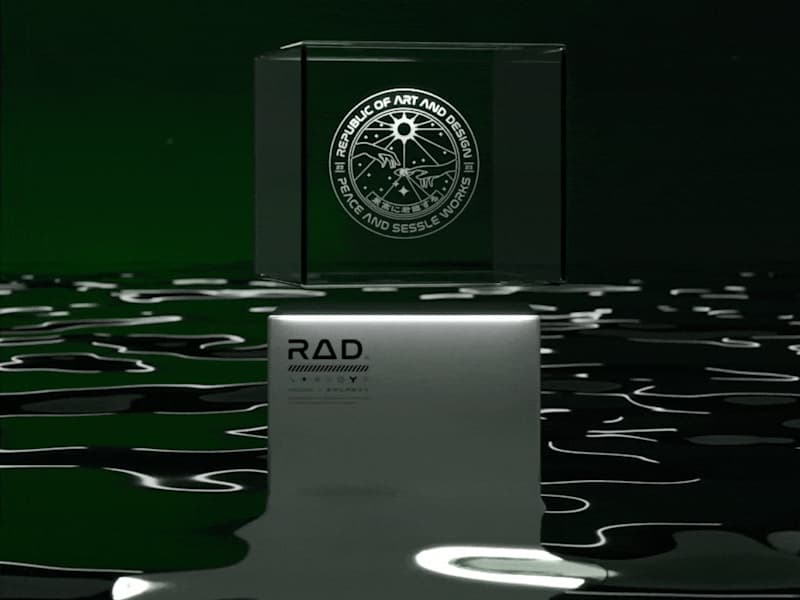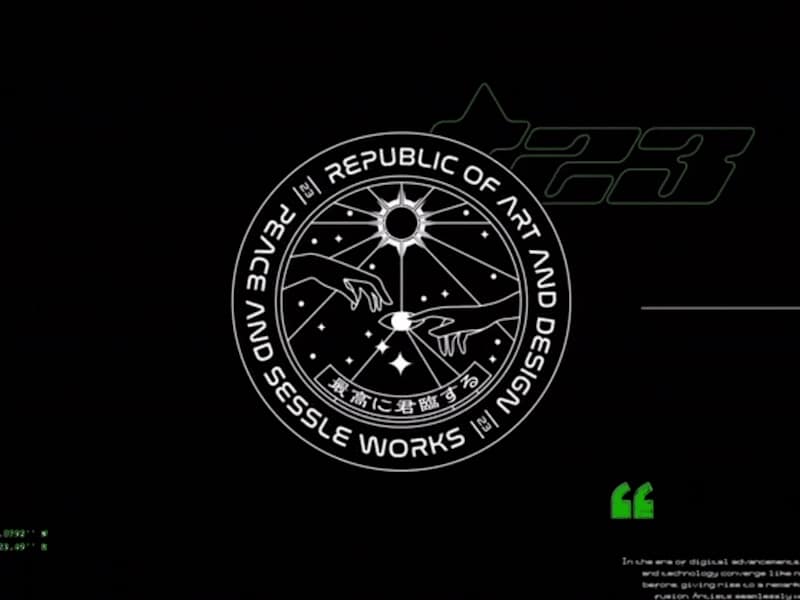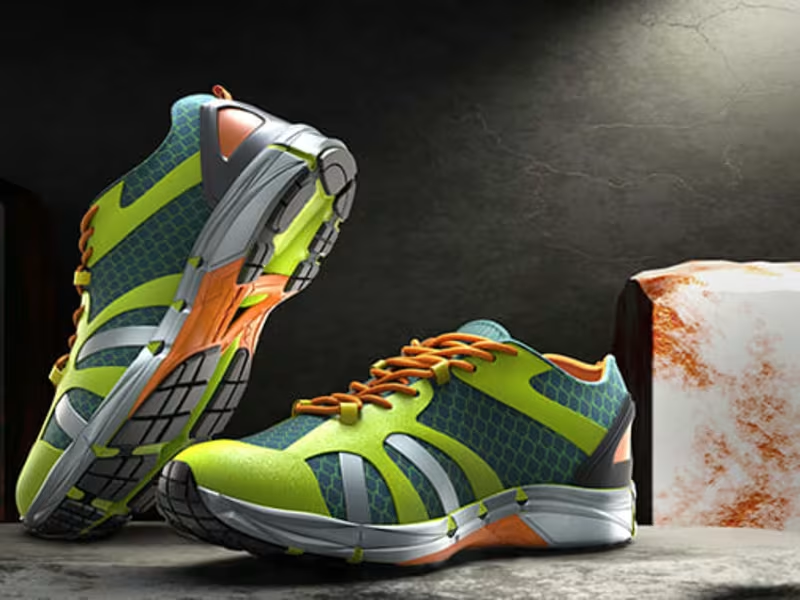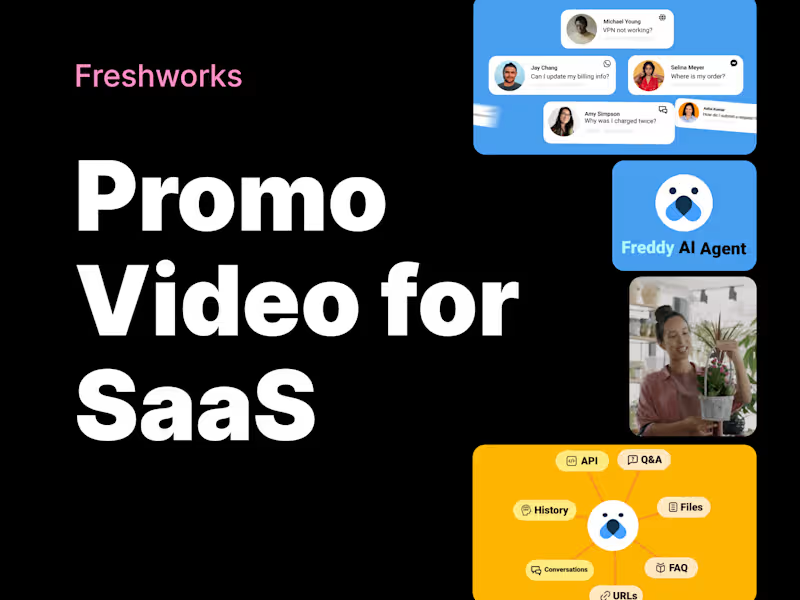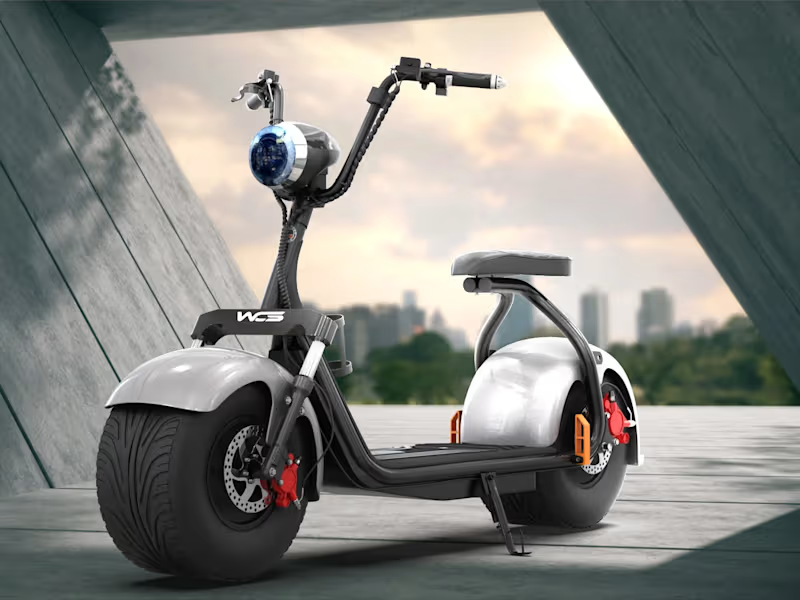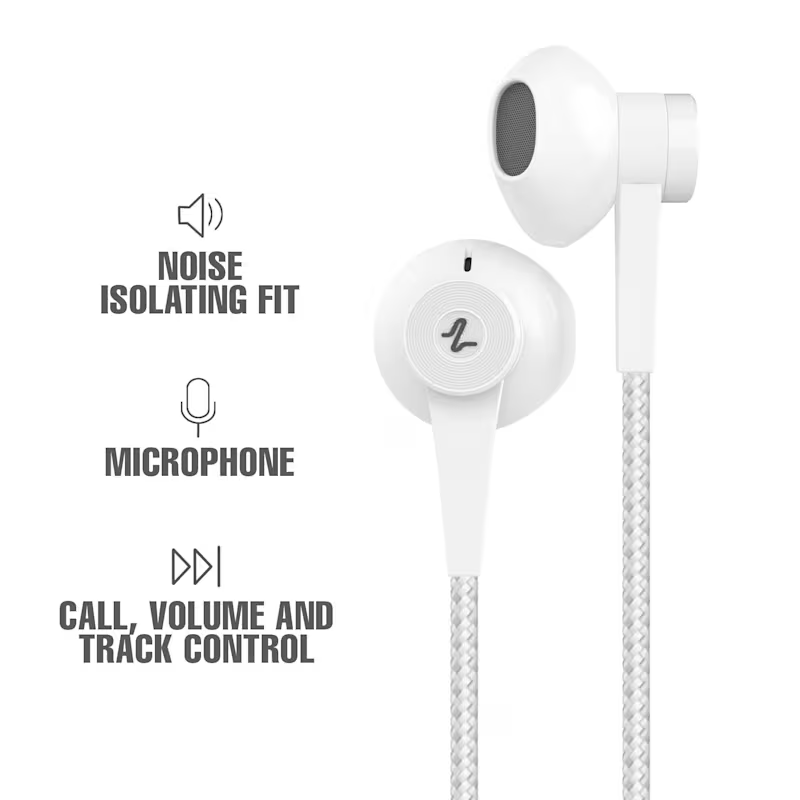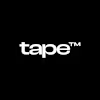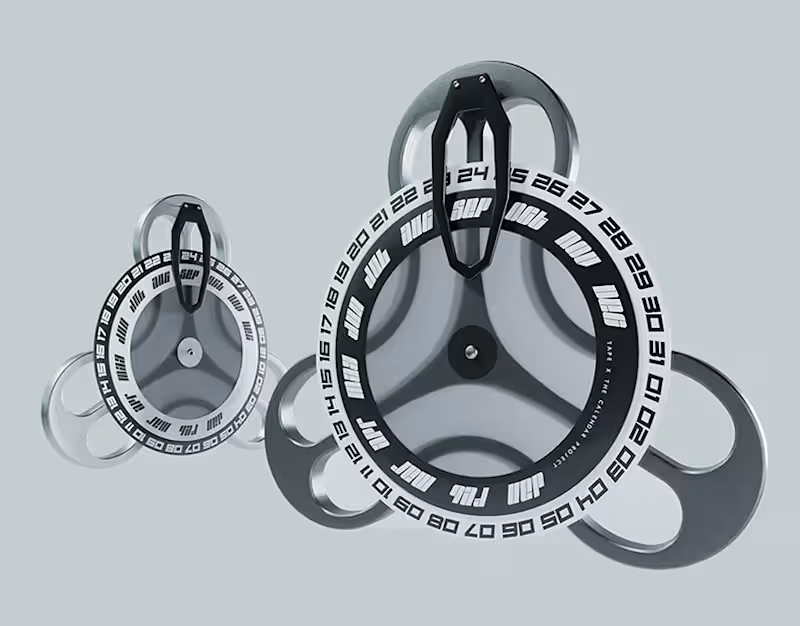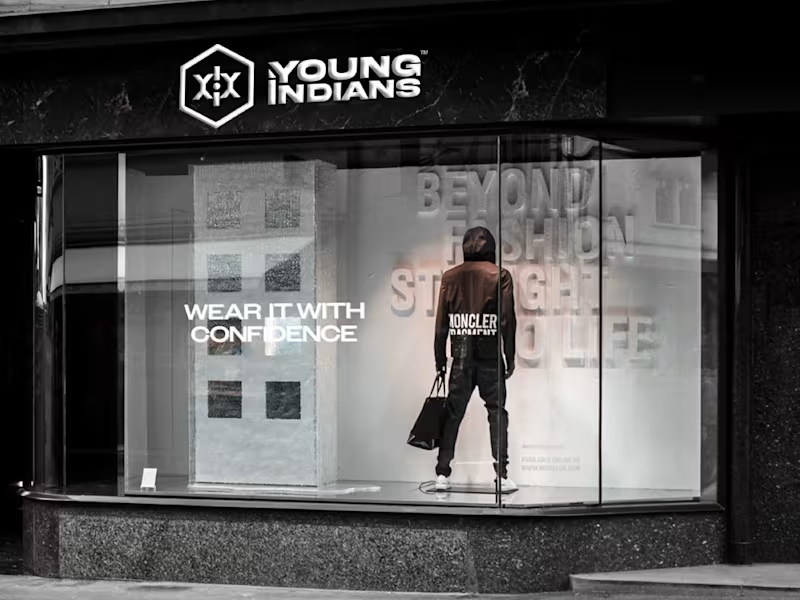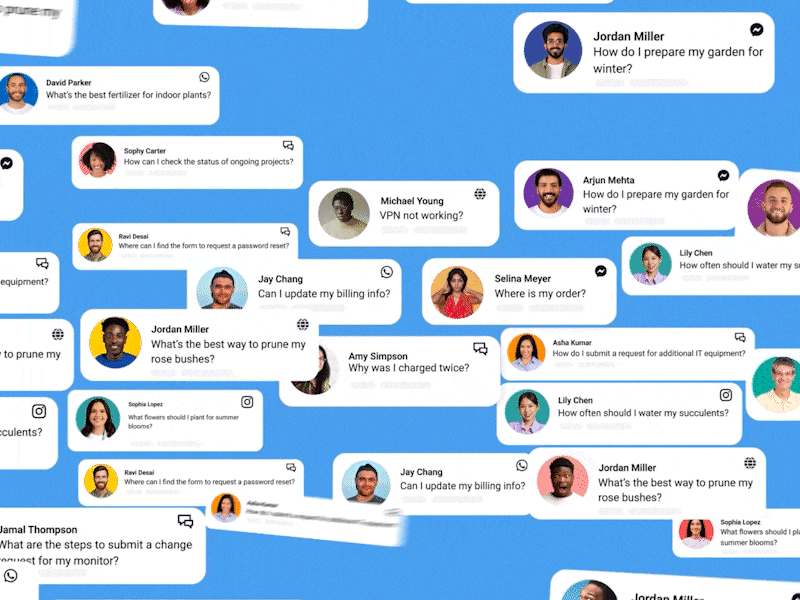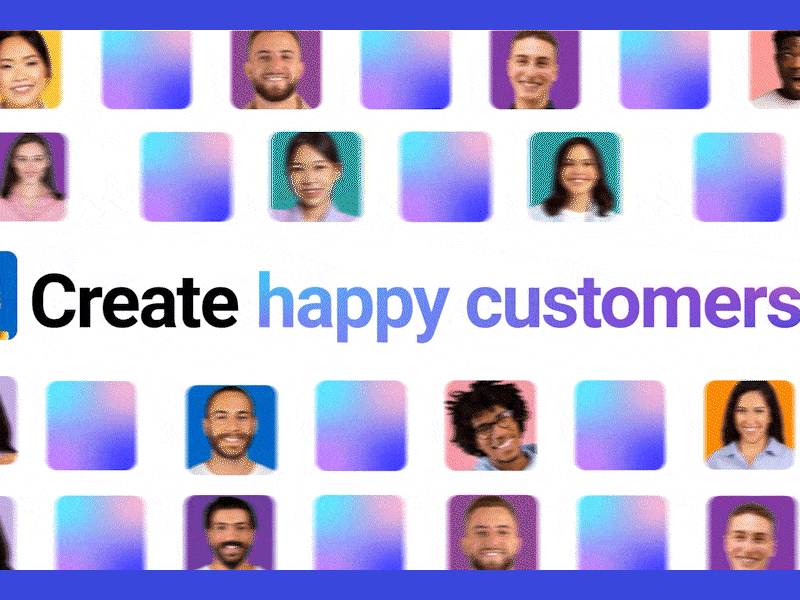What should I include in my project brief when hiring a 3D animator?
A project brief is like a map for your 3D animation project. Include details about the story or idea you want to bring to life. List the style or look you want, like realistic or cartoonish. Mention the length of the animation, like 30 seconds or 3 minutes. Also, share your timeline and budget so the animator knows what's expected.
How can I determine if a 3D animator's style matches my project needs?
Look at the animator's past work to see if it matches your vision. Check if they have experience in the style you want, like VFX or character animation. Review their portfolios for diversity and creativity. If they worked on similar projects, it's a good sign. Sometimes, asking them for a small sample or storyboard can help too.
What deliverables should I expect from a freelance 3D animator?
Common deliverables are finished animation clips in specific formats, like MP4 or MOV. You might also want raw files in case you need changes later. Ask for any storyboards or drafts they used during the project. Clarify if you need additional versions or resolutions for different platforms. It’s like getting all parts needed to build a great car together.
Should I consider the animator's understanding of Tamil culture for a project based in Tamil Nadu?
Yes, understanding Tamil culture can help in projects that involve local themes or characters. Animators familiar with Tamil Nadu might capture cultural nuances better. This includes using traditional outfits, festivals, or local scenery. It can make your animation feel more authentic and relatable to the audience. Consider sharing any specific cultural elements you want the animator to highlight.
How important is a timeline for starting a 3D animation project?
Timelines are like schedules that keep projects on track. Agreeing on a timeline helps both you and the animator plan better. Discuss important milestones, like draft submissions or final delivery dates. This avoids surprises and ensures everyone is prepared. Animators can manage their tasks efficiently, leading to timely and smooth project completion.
What role does the animator’s technical expertise play in the success of a project?
Technical skills determine how well a 3D animator can bring your idea to life. Experience with software like Maya or Blender is crucial. They should also be able to troubleshoot any animation issues. Good skills mean smoother animations and more innovative effects. It’s like having a master painter for your masterpiece, ensuring quality and precision.
Is it helpful if the animator is familiar with Tamil industry standards for a local project?
Yes, familiarity with Tamil industry standards can be beneficial. It ensures the animator meets local expectations and quality benchmarks. This is key for projects targeting Tamil audiences or media channels. It also helps in maintaining cultural relevance. Consider discussing any specific industry practices or styles you want the animator to follow.
How do I ensure smooth communication with a 3D animator during a project?
Set up regular check-ins or meetings to discuss progress. Agree on how often and through which platform you will communicate. It can be through emails, calls, or video chats. Being clear and prompt in feedback helps too. This ensures everyone is on the same page and the project moves forward smoothly.
What should I consider when defining the scope of a 3D animation project?
Clearly outline what needs to be done, like scene complexity or character detail. Set specific boundaries on what’s included and what isn’t. This can prevent misunderstandings later. Discuss any potential changes and how they’ll be handled. A well-defined scope ensures everyone knows what’s expected and works effectively.
Why is it important to consider local aesthetics for a project aimed at Tamil audiences?
Local aesthetics can make animations more appealing to Tamil viewers. Consider colors, styles, and motifs that resonate locally. Animators familiar with Tamil Nadu can better incorporate these elements. It helps the project connect emotionally with your target audience. Plus, it shows cultural respect and awareness, which is always appreciated.
Who is Contra for?
Contra is designed for both freelancers (referred to as "independents") and clients. Freelancers can showcase their work, connect with clients, and manage projects commission-free. Clients can discover and hire top freelance talent for their projects.
What is the vision of Contra?
Contra aims to revolutionize the world of work by providing an all-in-one platform that empowers freelancers and clients to connect and collaborate seamlessly, eliminating traditional barriers and commission fees.
People also hire
Explore projects by 3D Animators in Tamil Nadu on Contra
Top services from 3D Animators in Tamil Nadu on Contra

Autodesk 3ds Max
3D Animator
3D Designer
+5
Exploring the Boundaries of 3D Visualization"
Contact for pricing

Adobe After Effects
3D Animator
2D Animator
+5
3D Animation with Motion Graphics, Blender & Unreal Engine
$25/hr

Adobe After Effects
3D Animator
2D Animator
+4
Professional Social Media Video Content Creation
Contact for pricing







































